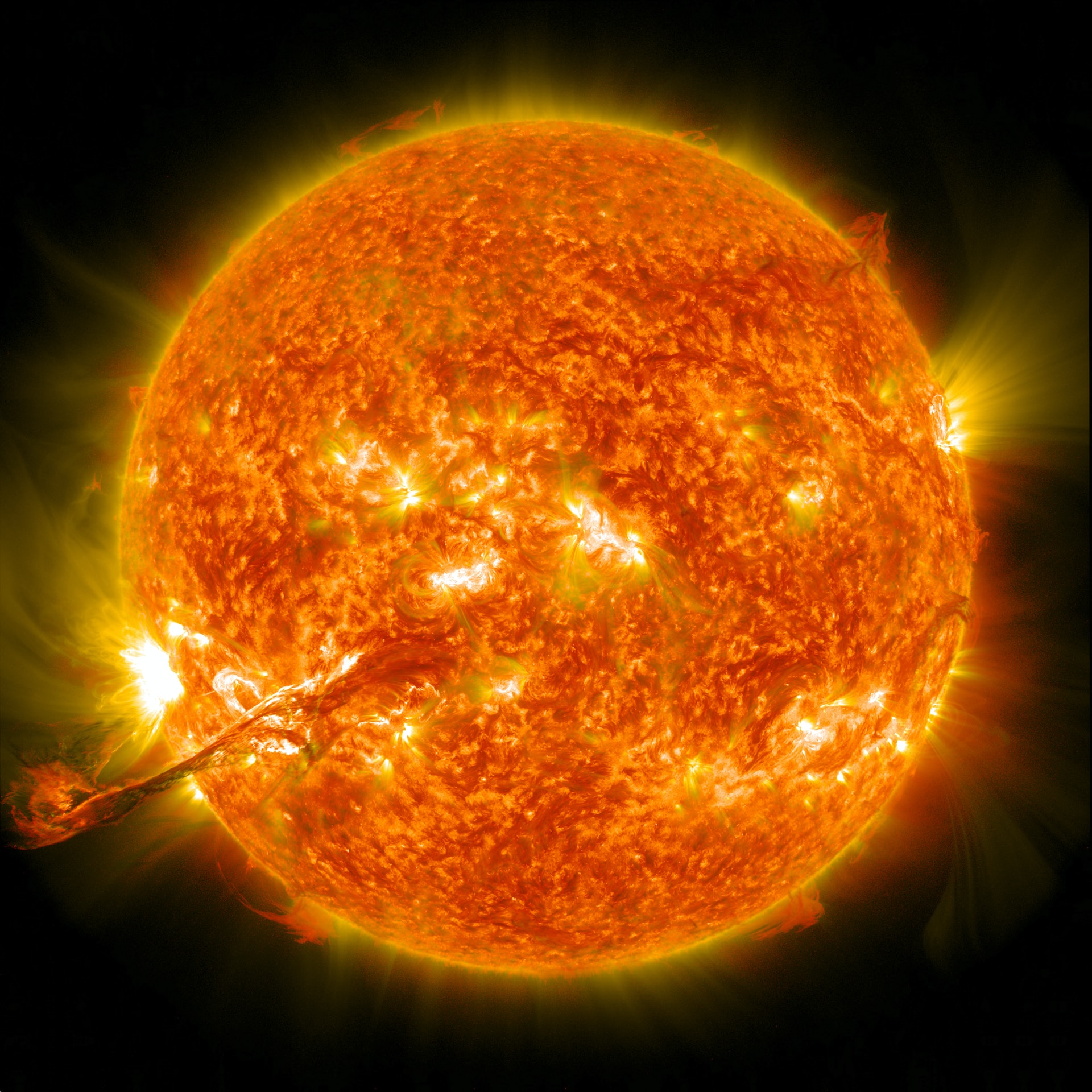
The National Aeronautics and Space Administration (NASA), the esteemed agency overseeing the United States civil space program and space research, has achieved a groundbreaking milestone in its pursuit of space weather forecasting. In a remarkable feat, NASA has successfully created an advanced artificial intelligence (AI) tool capable of accurately predicting the trajectory of incoming solar storms within a mere 30 minutes of their onset.
The researchers conducted the study at NASA’s Goddard Space Center, with the detailed findings of the achievement in the Journal of Space Weather. The study reveals that by harnessing the power of AI and analyzing satellite data collected by NASA, scientists can now swiftly assess the potential impact areas of solar storms.
The implications of this development are significant, as it holds the potential to mitigate the severe repercussions such storms can have on critical infrastructure. As a result, the news of this cutting-edge prediction system swiftly spread across the scientific community, attracting attention from renowned publications worldwide.
How NASA built its predictive AI Model
NASA’s AI innovation highlights the utilization of multiple Sun-focused satellites for detecting solar outbursts. However, building a predictive model requires specifying the intended prediction, as explained by AI researchers. To address this, NASA’s researchers employed deep learning, a technique that trains computers to identify patterns using past examples. They also applied this technology to recognize patterns between solar wind measurements from solar missions.
Experts believe the AI model, named Deep Learning Geomagnetic Perturbation (DAGGER), outperforms existing predictive algorithms in terms of specifications. Led by Vishal Upendran from the Inter-University Center for Astronomy and Astrophysics in India, the researchers claimed that DAGGER can swiftly predict the severity and direction of a solar storm event, delivering results in less than a second. Moreover, it has the capability to provide predictions every minute.
“With this AI technology, we now have the ability to rapidly and accurately forecast global solar storms, enabling informed decision-making and minimizing or even preventing potential devastation to modern society.”
Vishal Upendran, Researcher Inter-University Center for Astronomy and Astrophysics, India
NASA highlighted the potential dangers of solar storms by referencing the 1989 incident in Quebec, where a destructive solar storm led to 12-hour electrical blackouts, causing widespread disruption in businesses. In light of this, DAGGER is scheduled to launch on an open-source platform, coinciding with the approaching peak of the Sun’s 11-year solar cycle in 2025, as reported by Science Alert.
This implies that utility and communication companies will have a few years to incorporate DAGGER into their threat assessment systems, ensuring preparedness for the most severe weather conditions.
Photo Credit: NASA(Unsplash)



